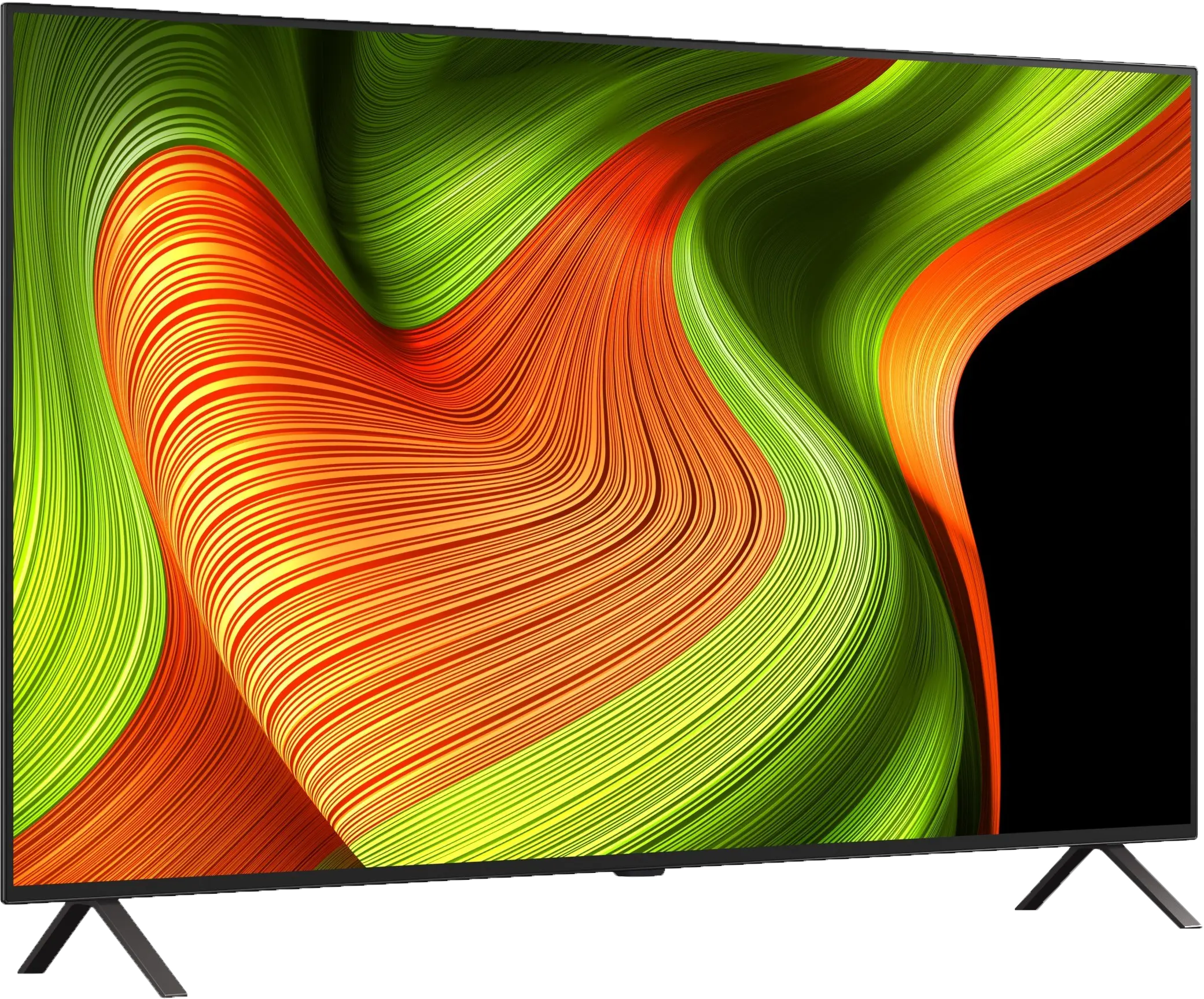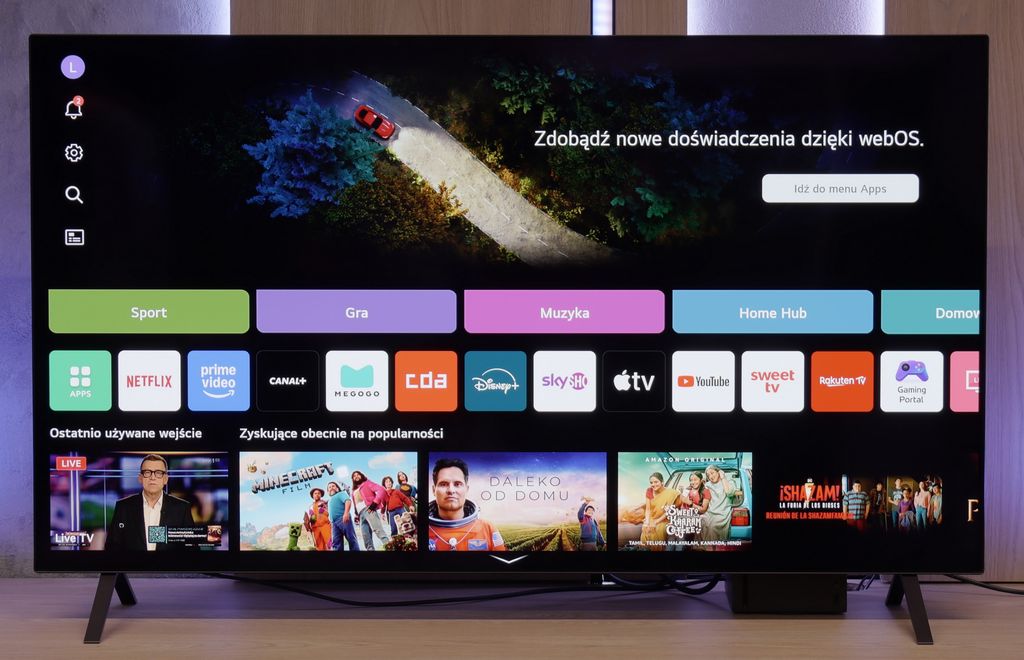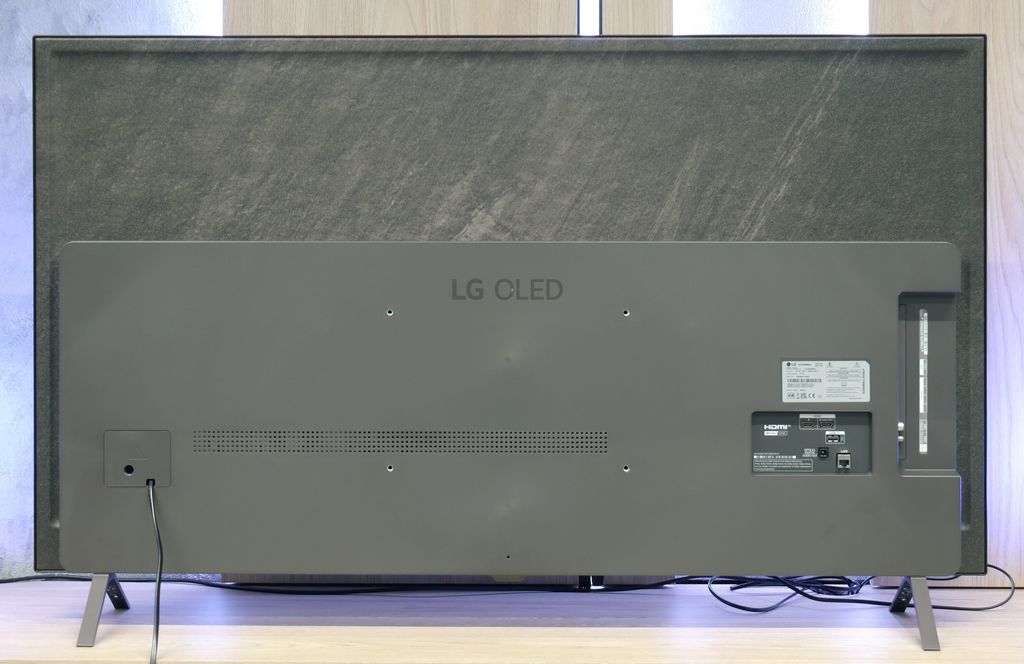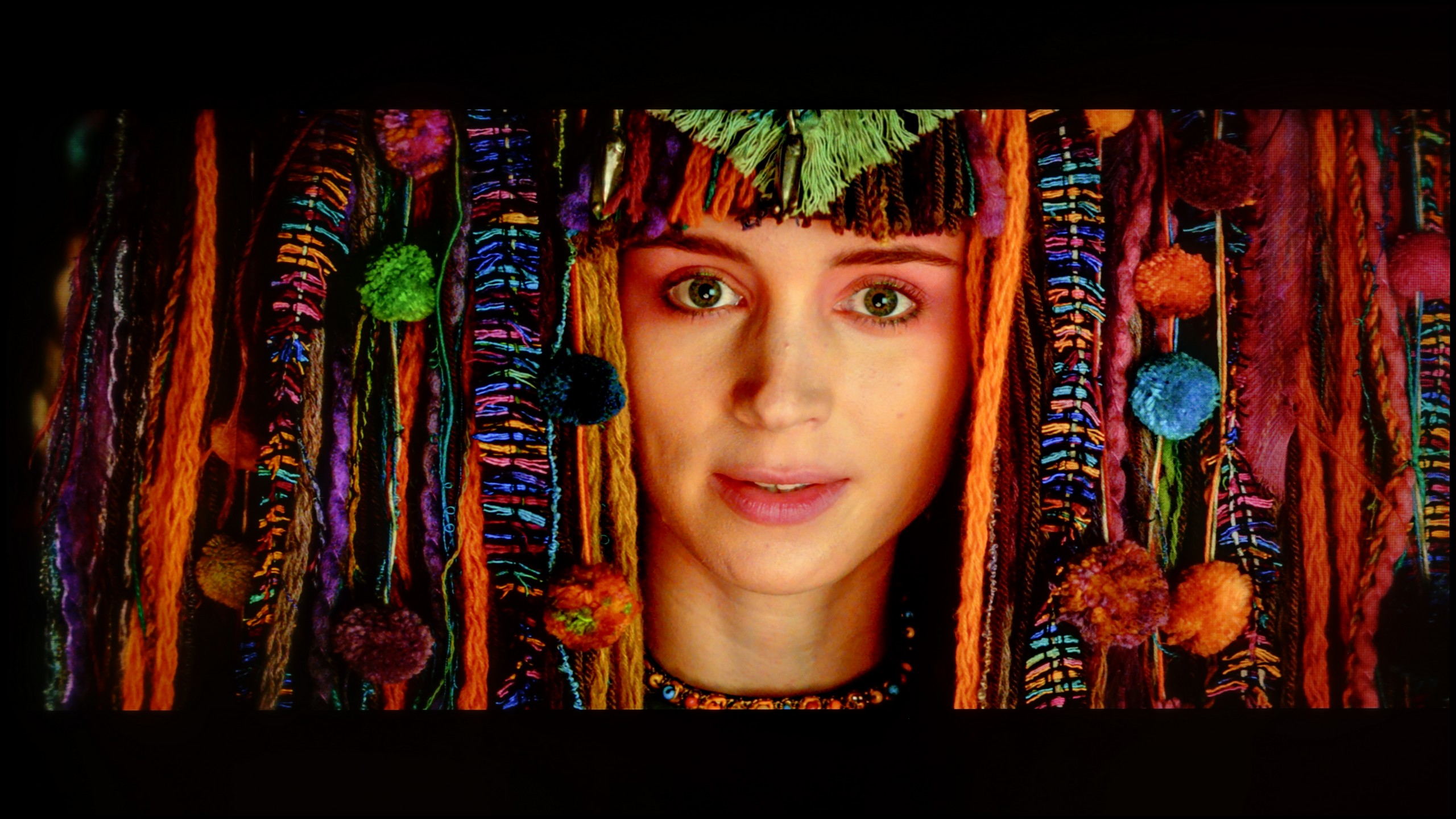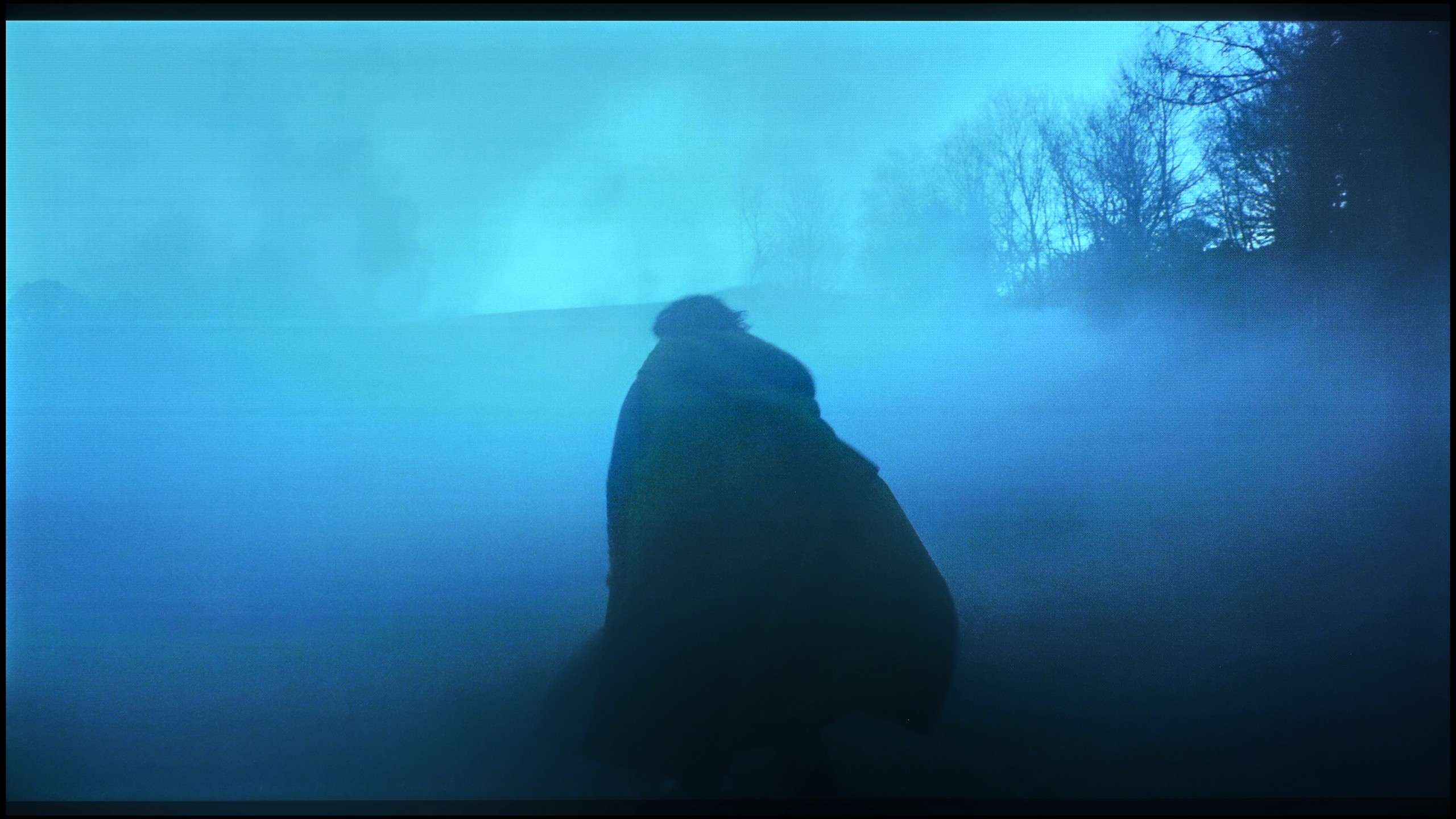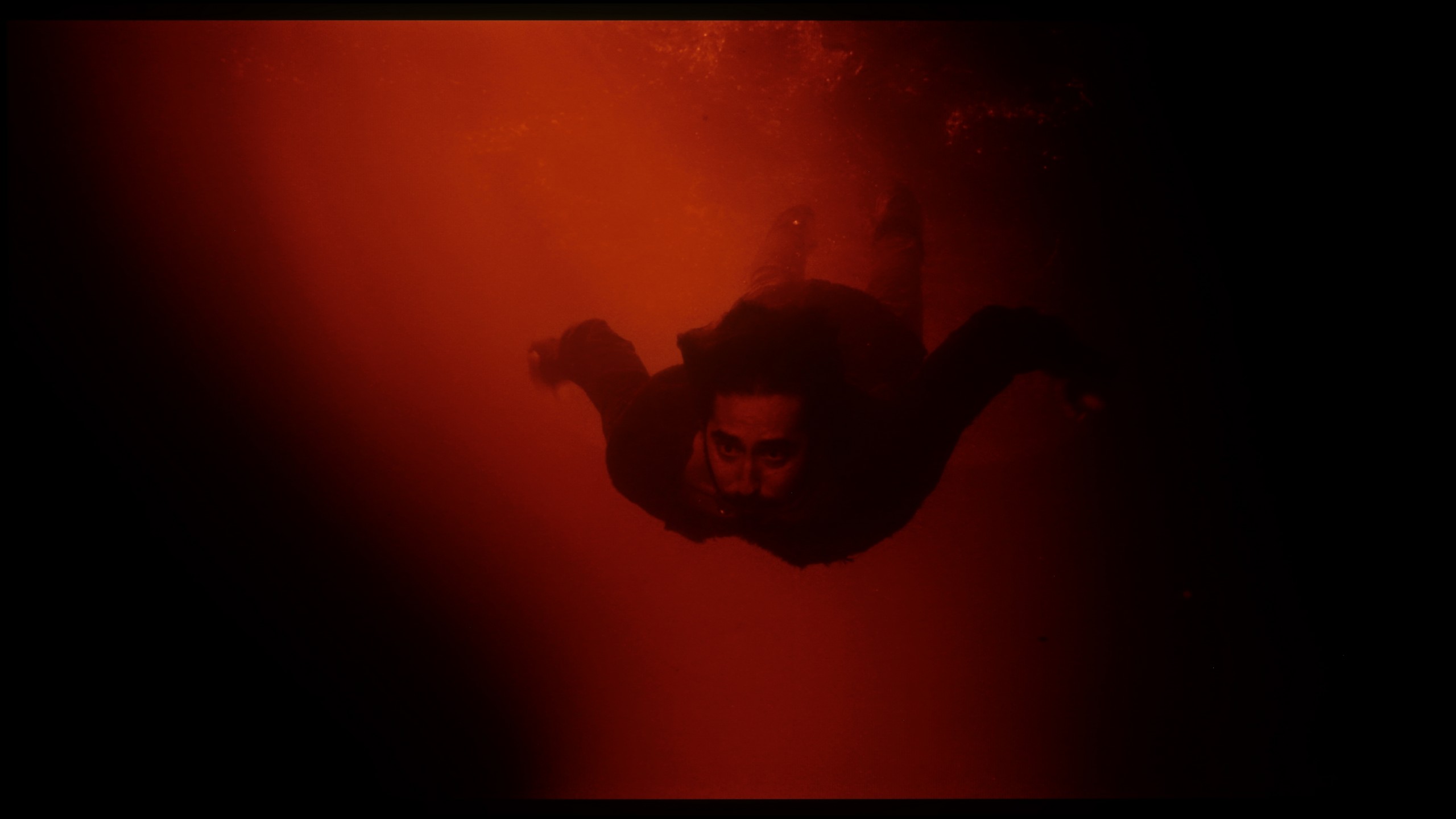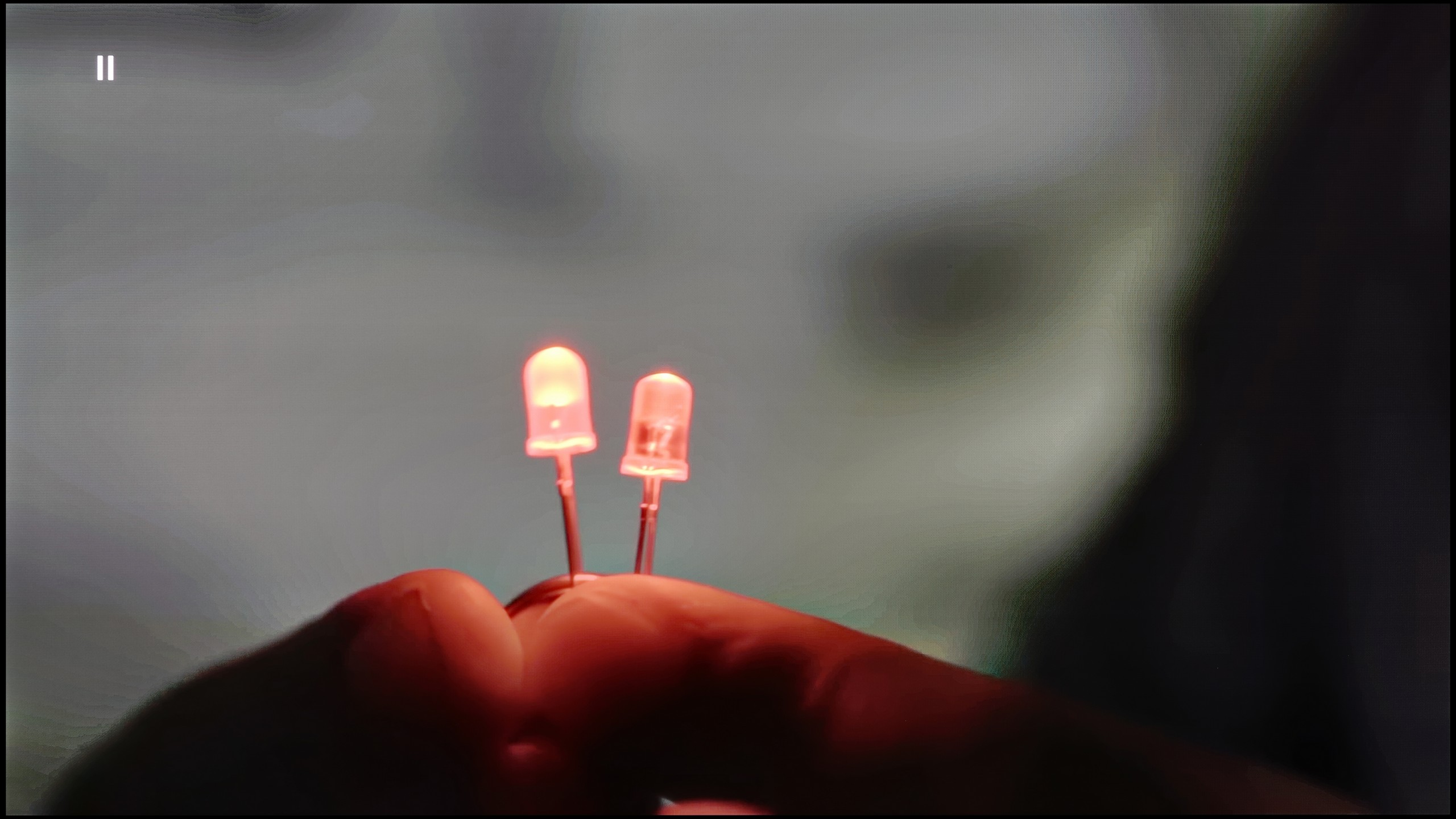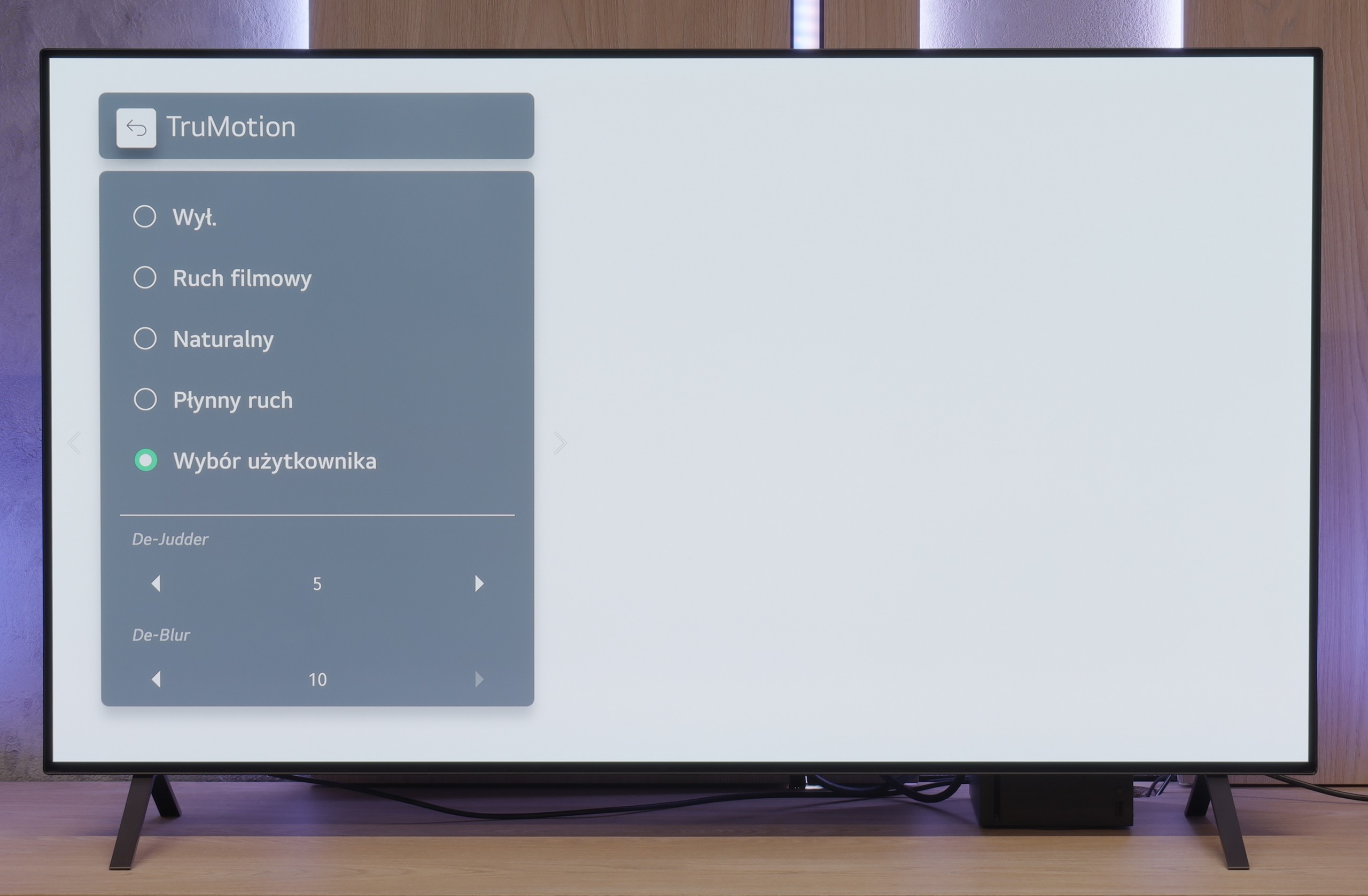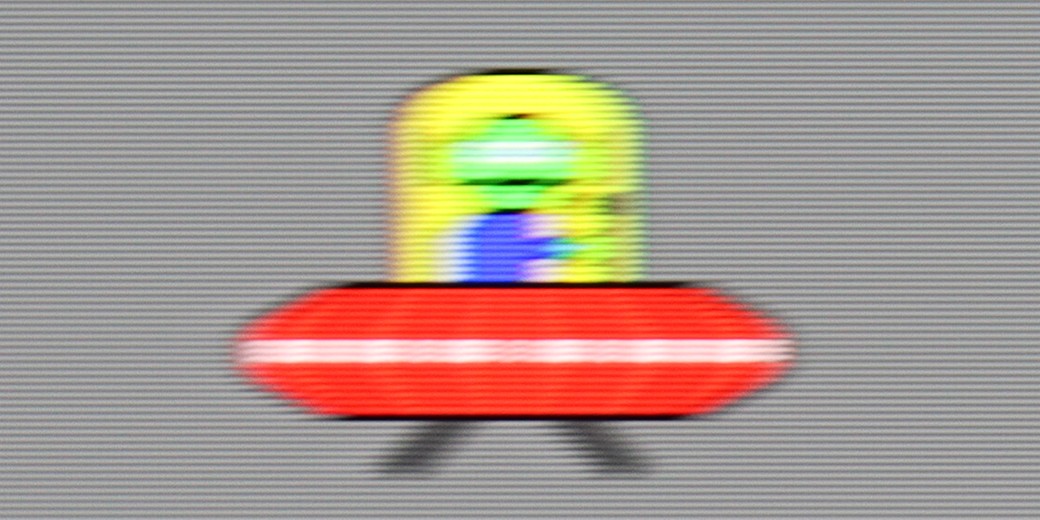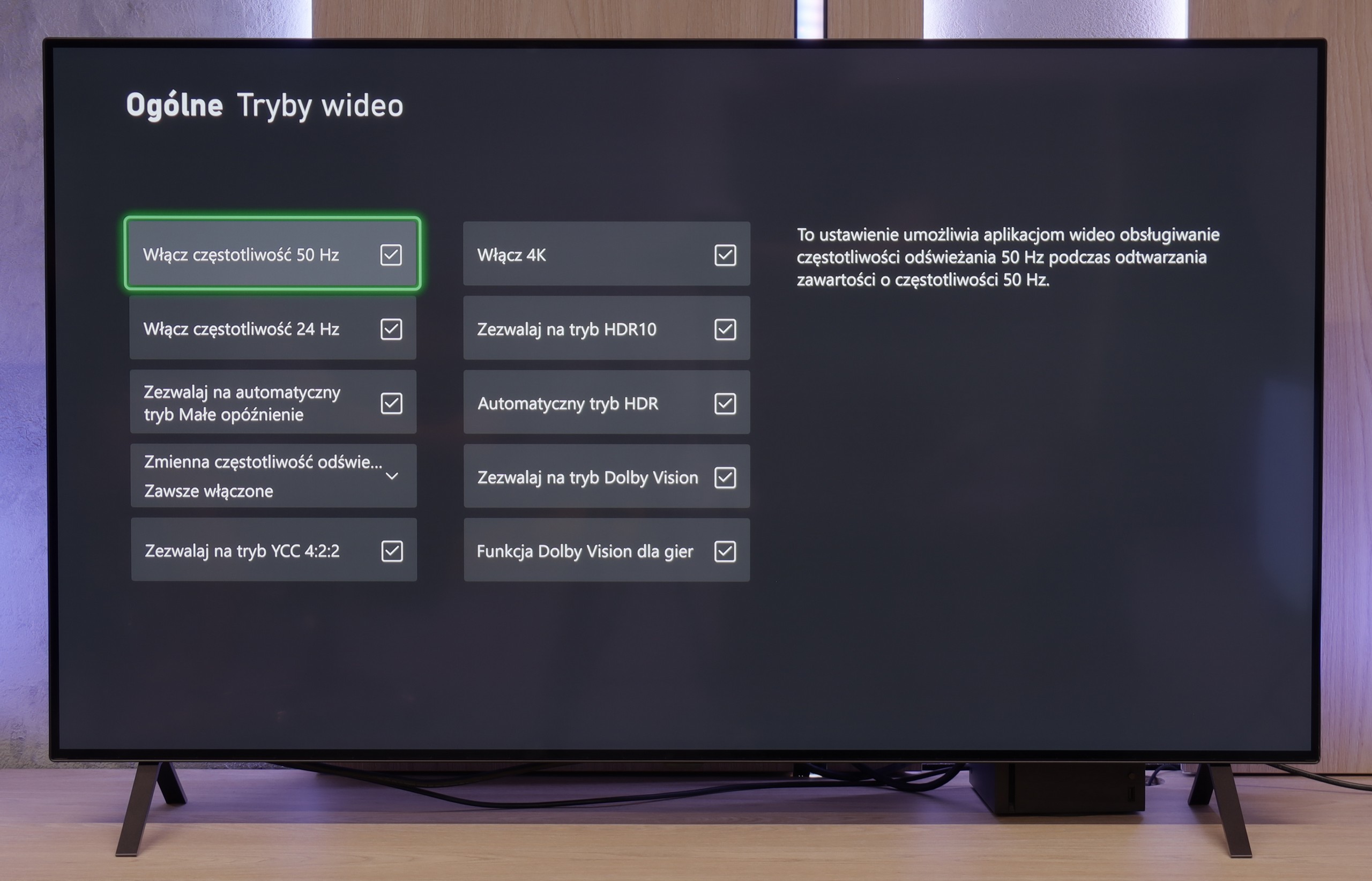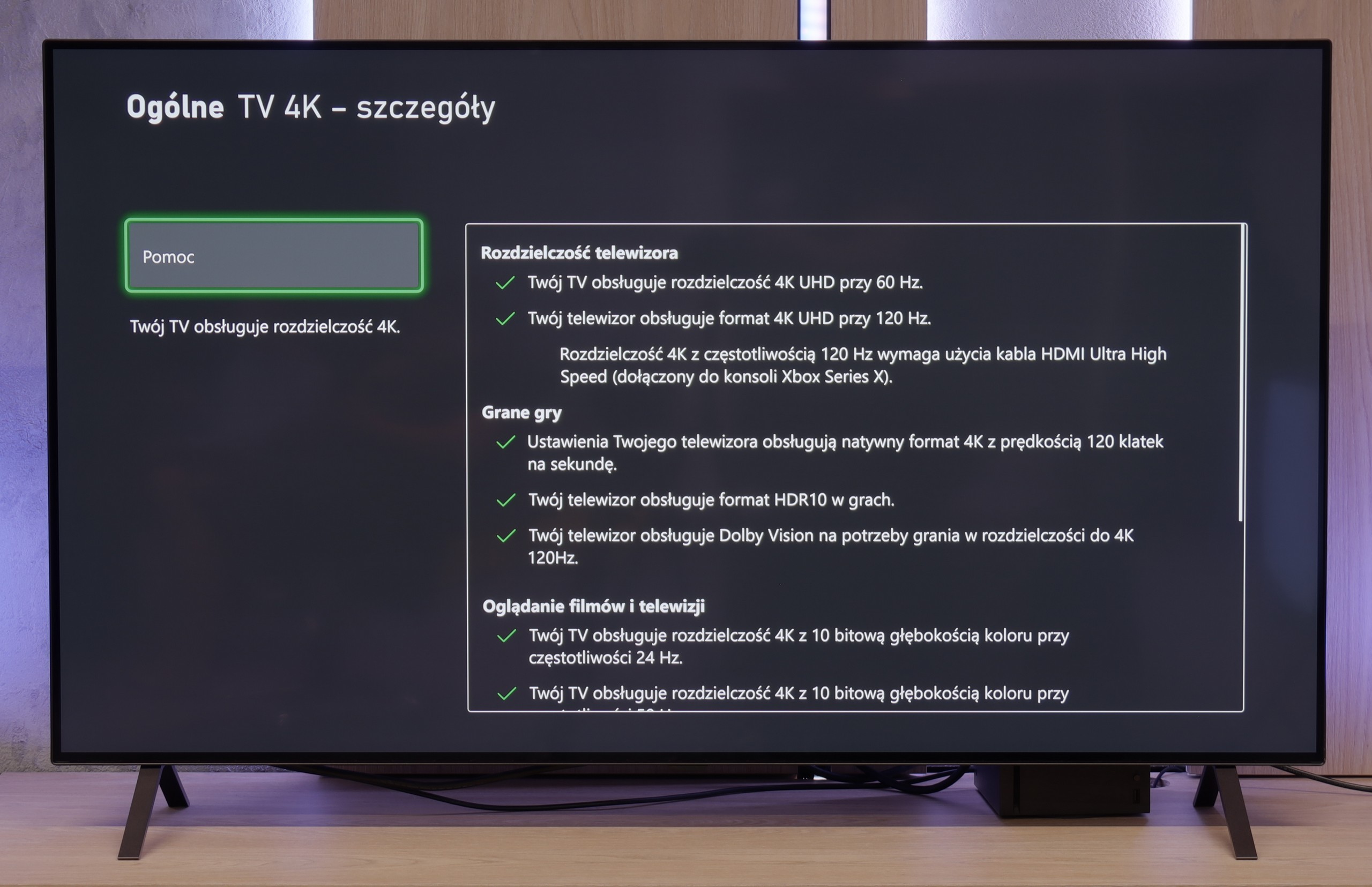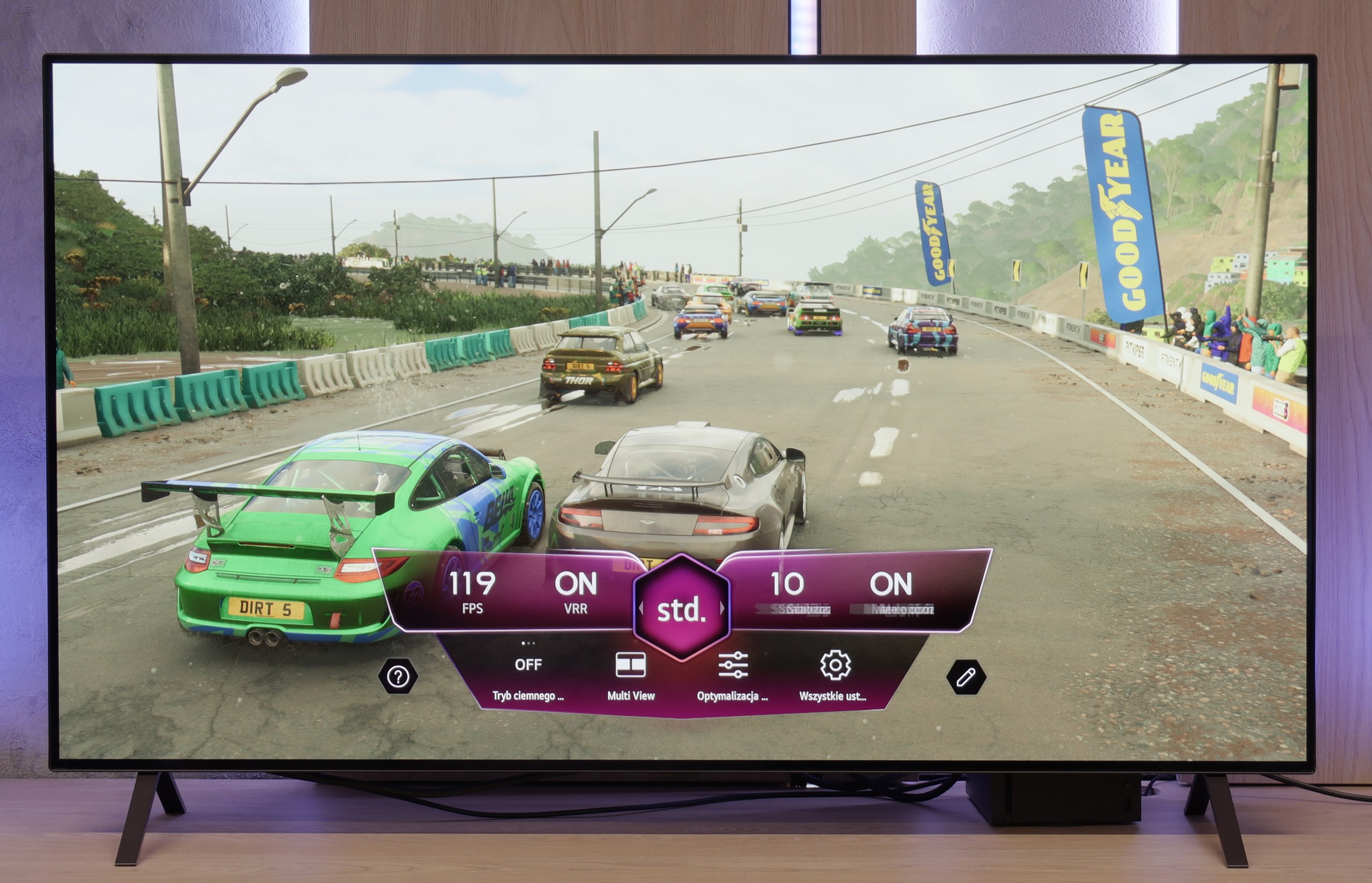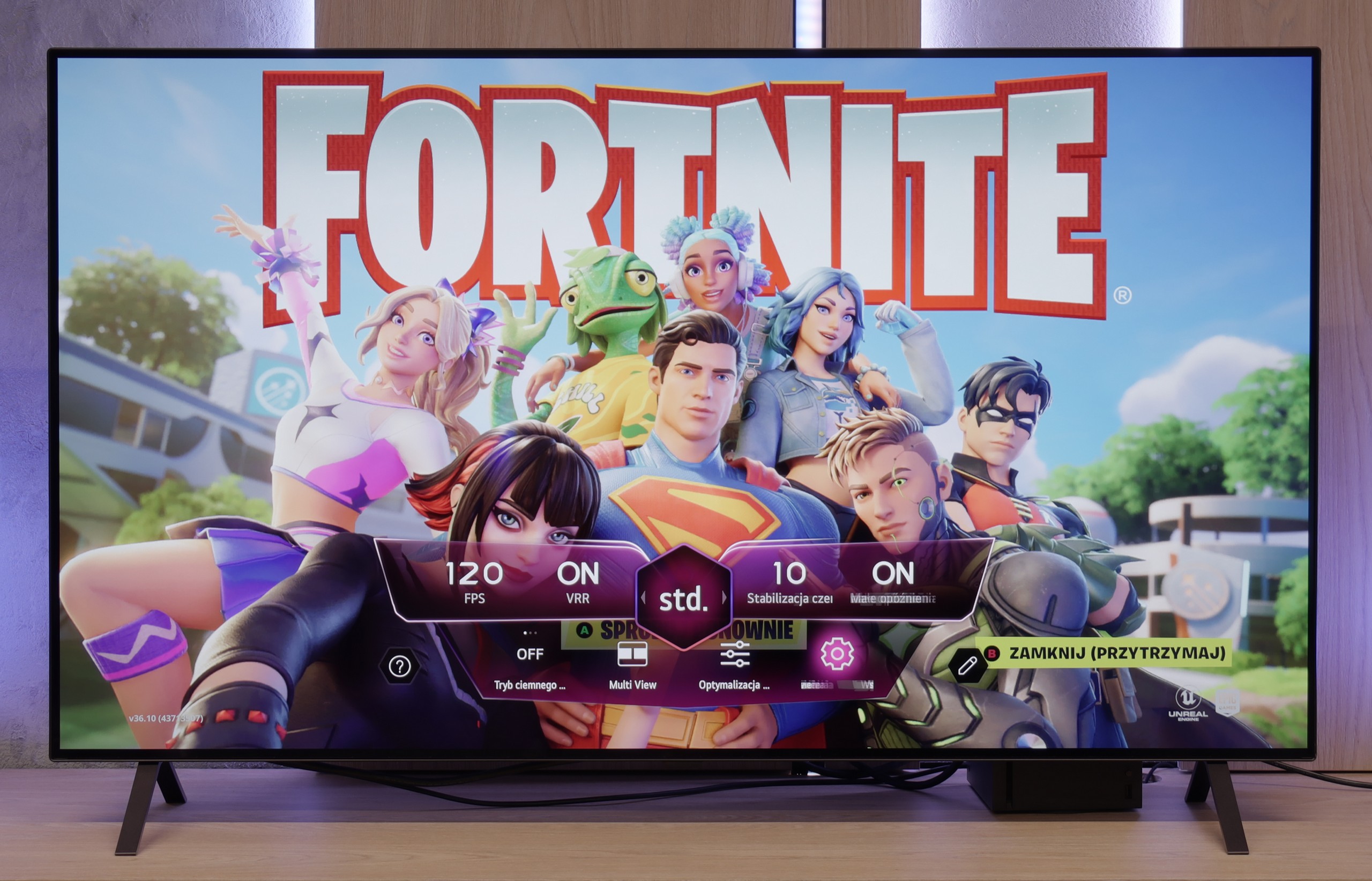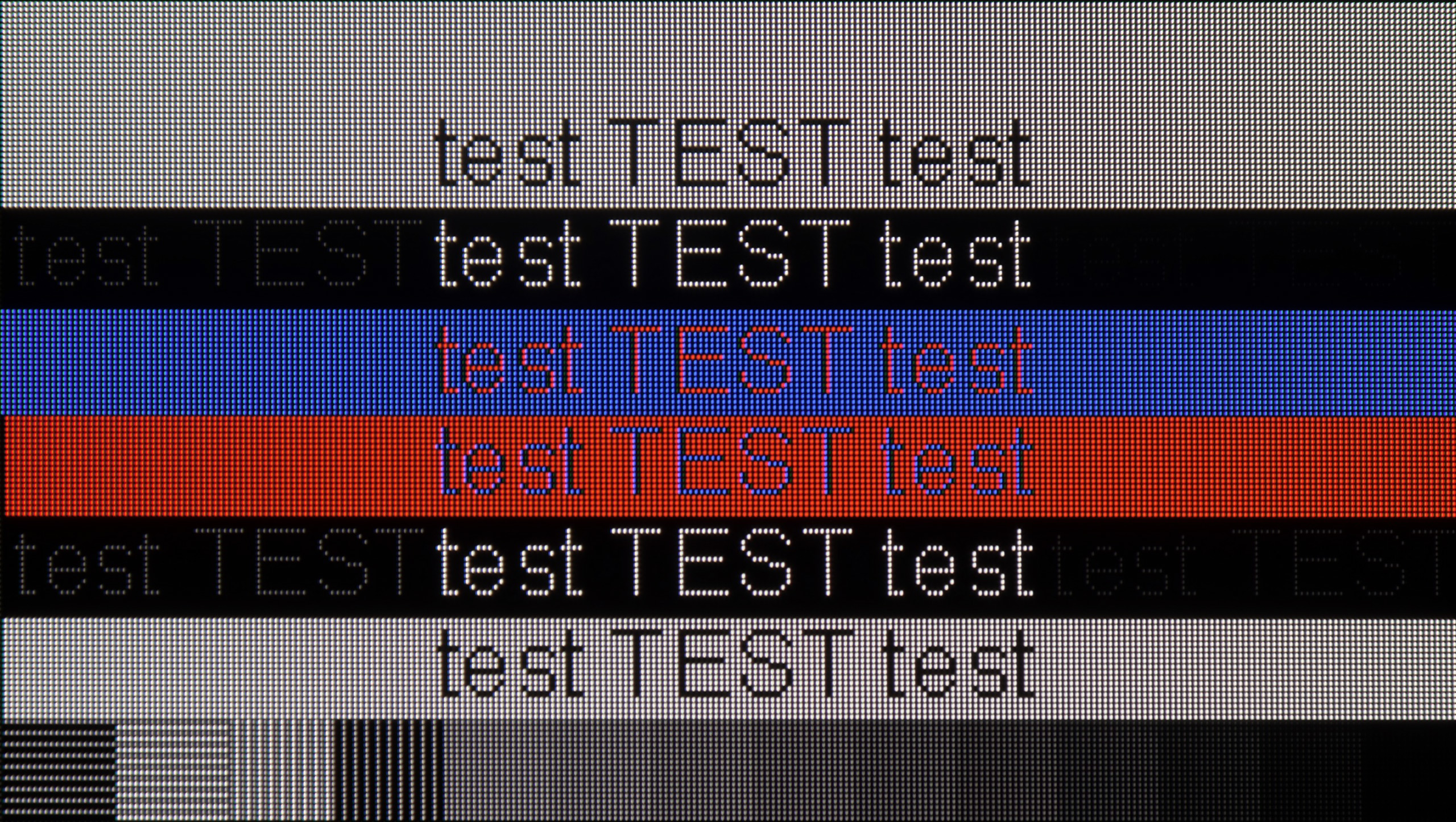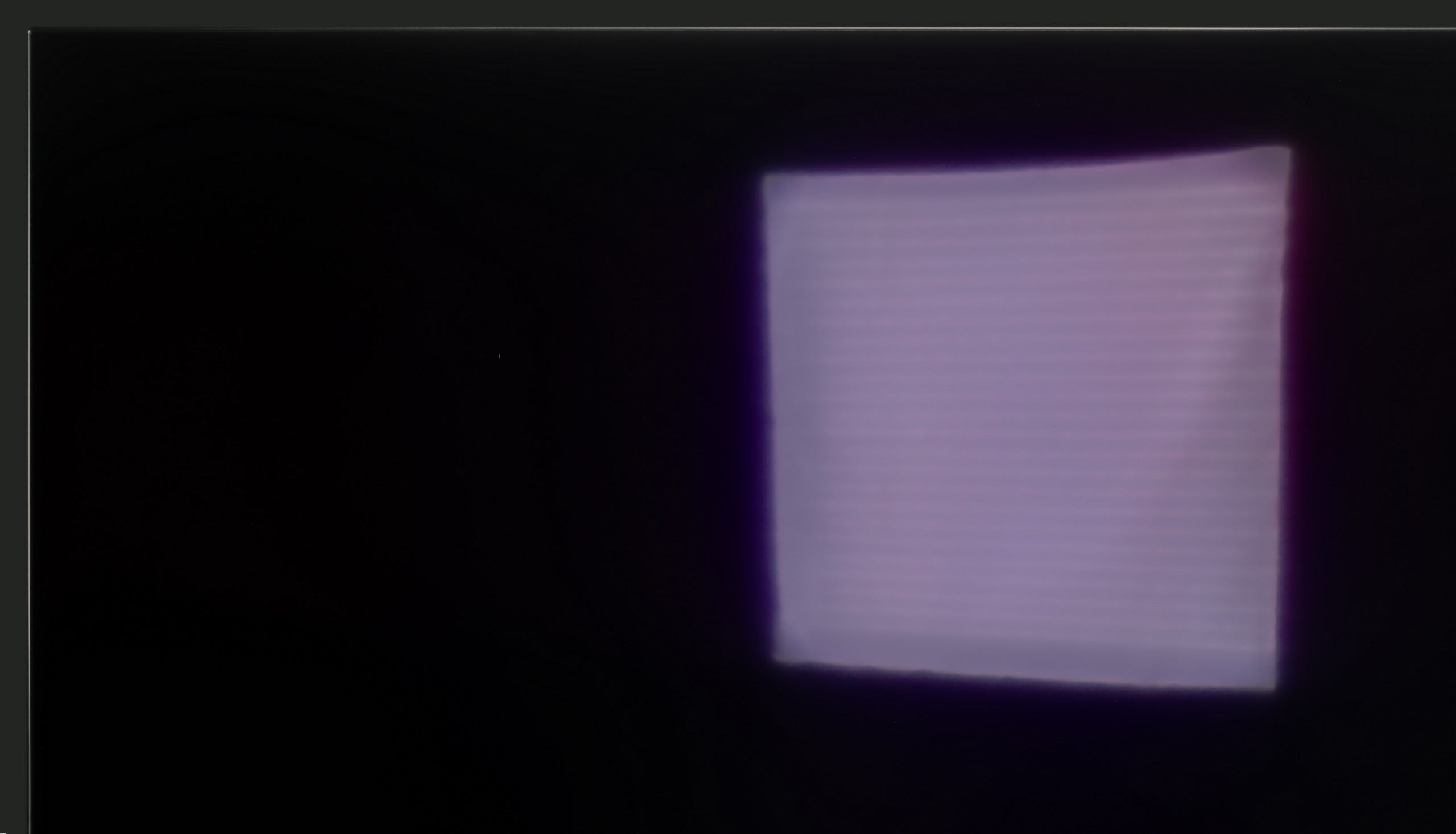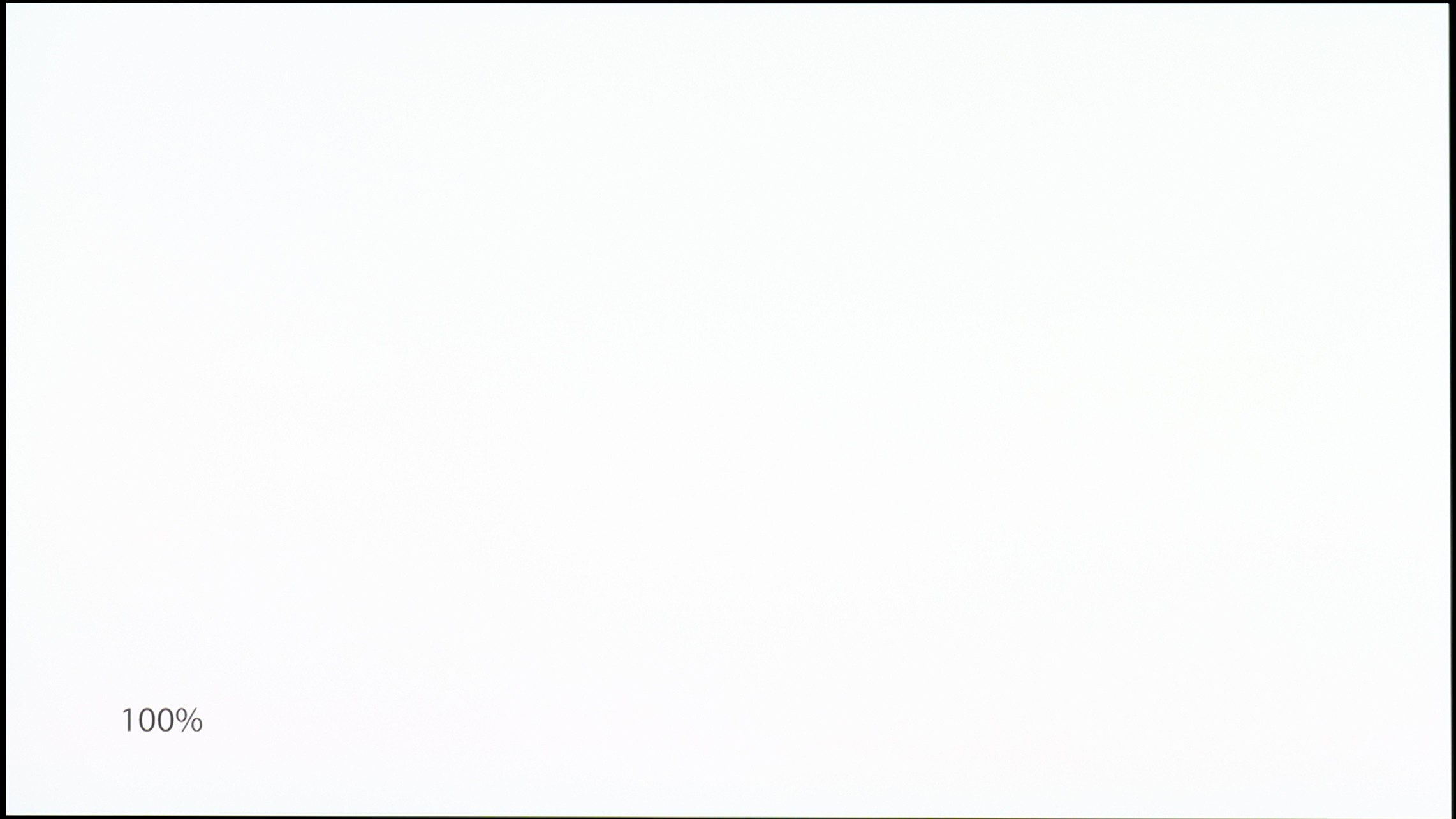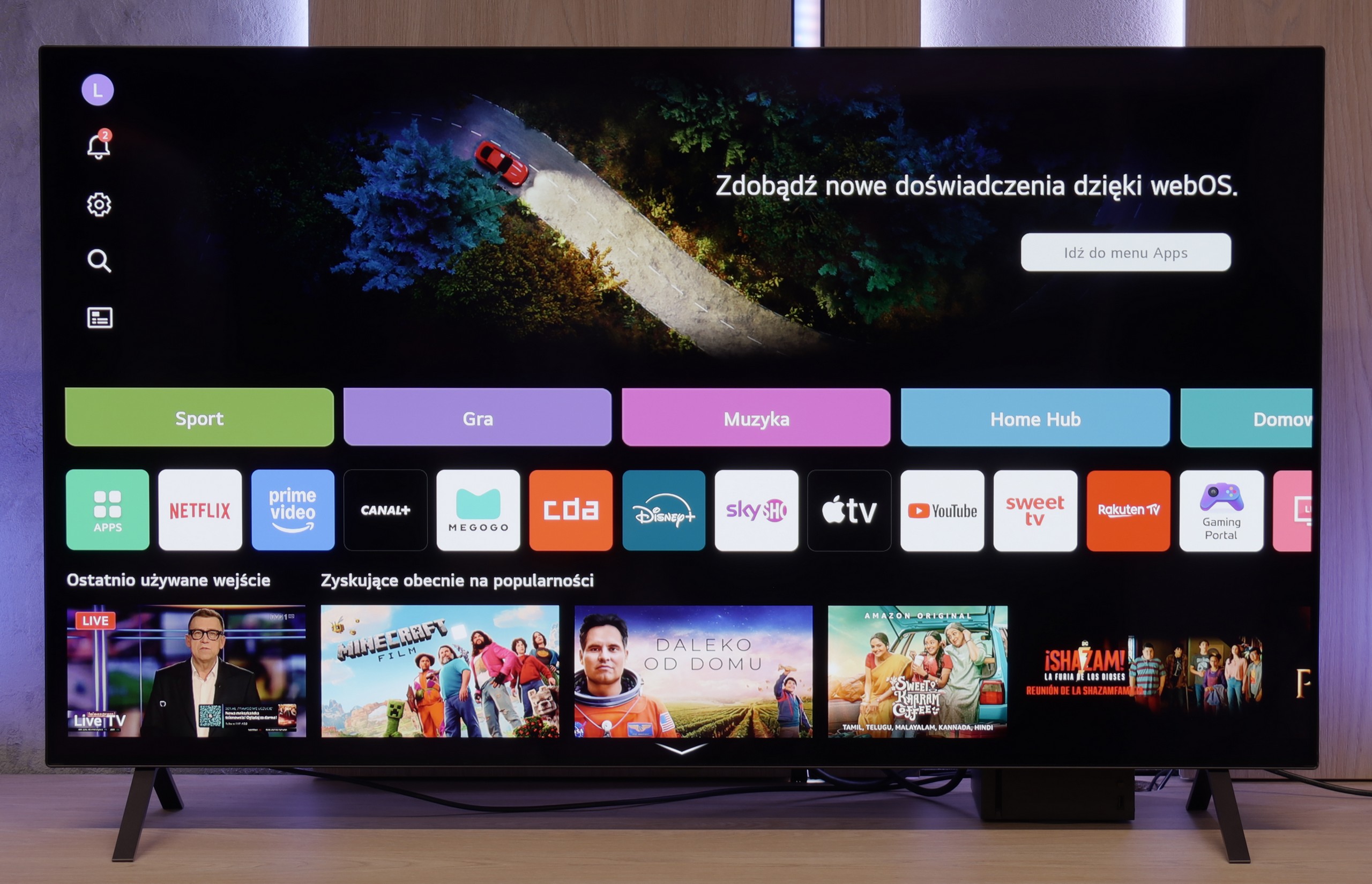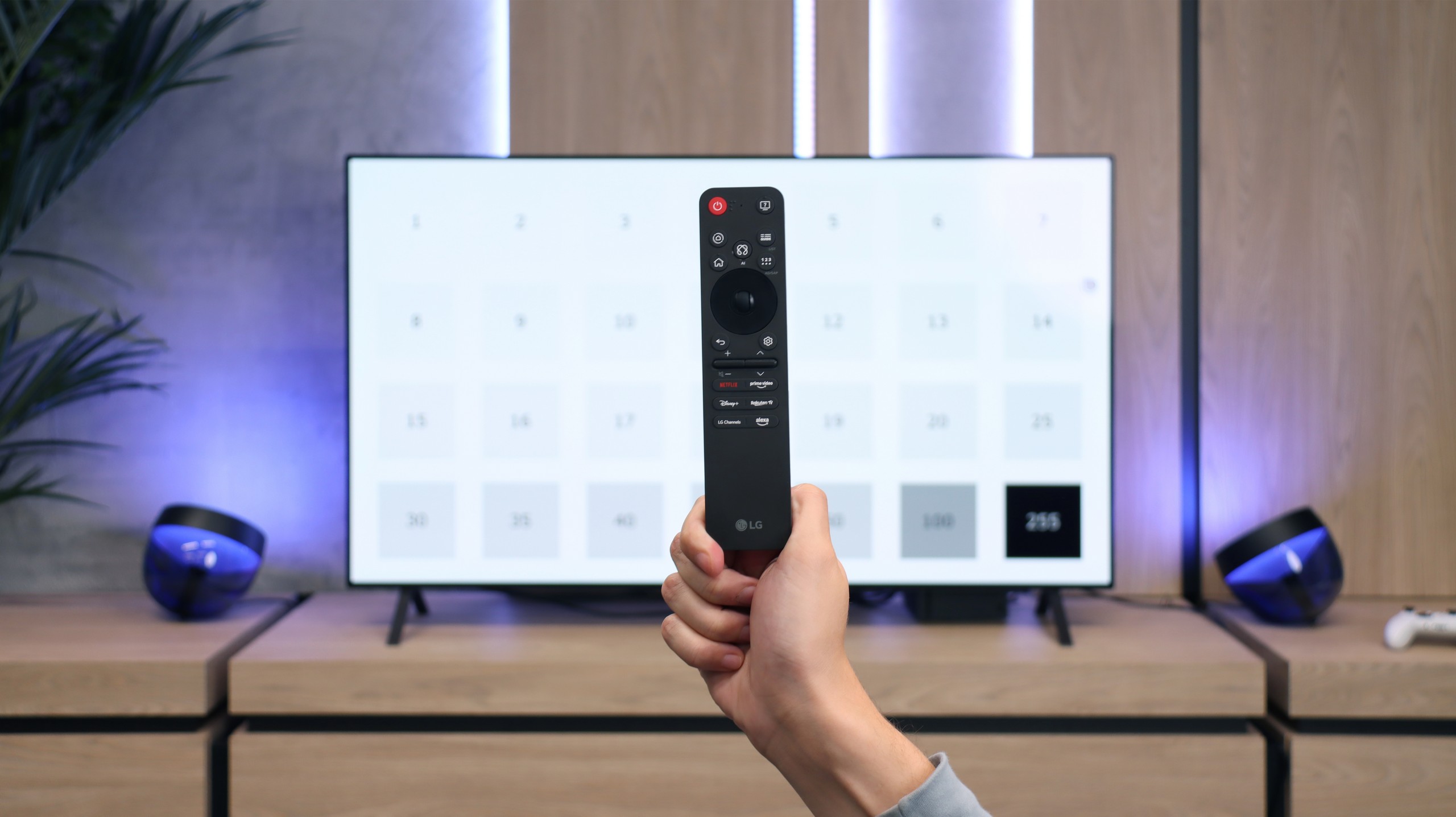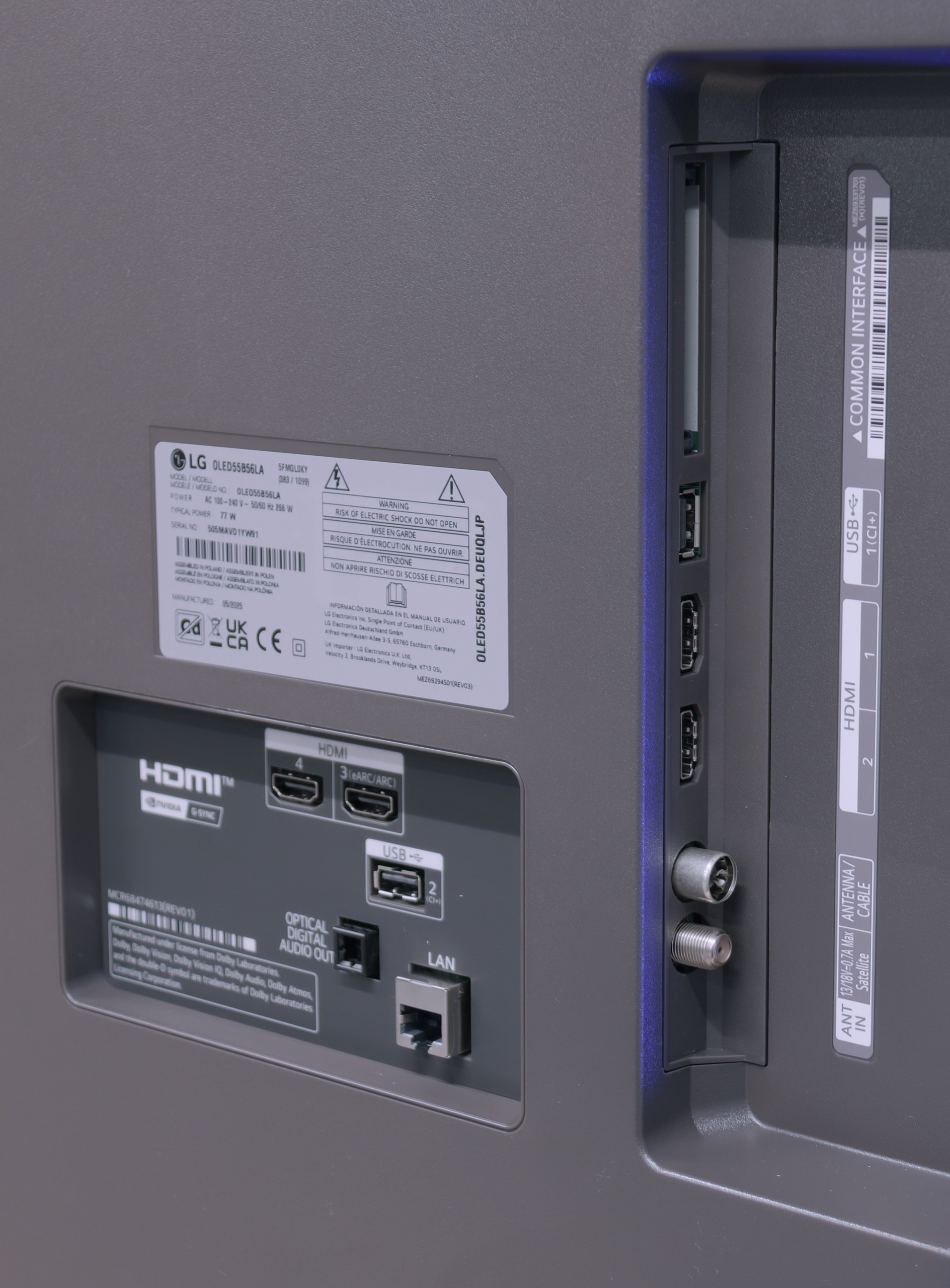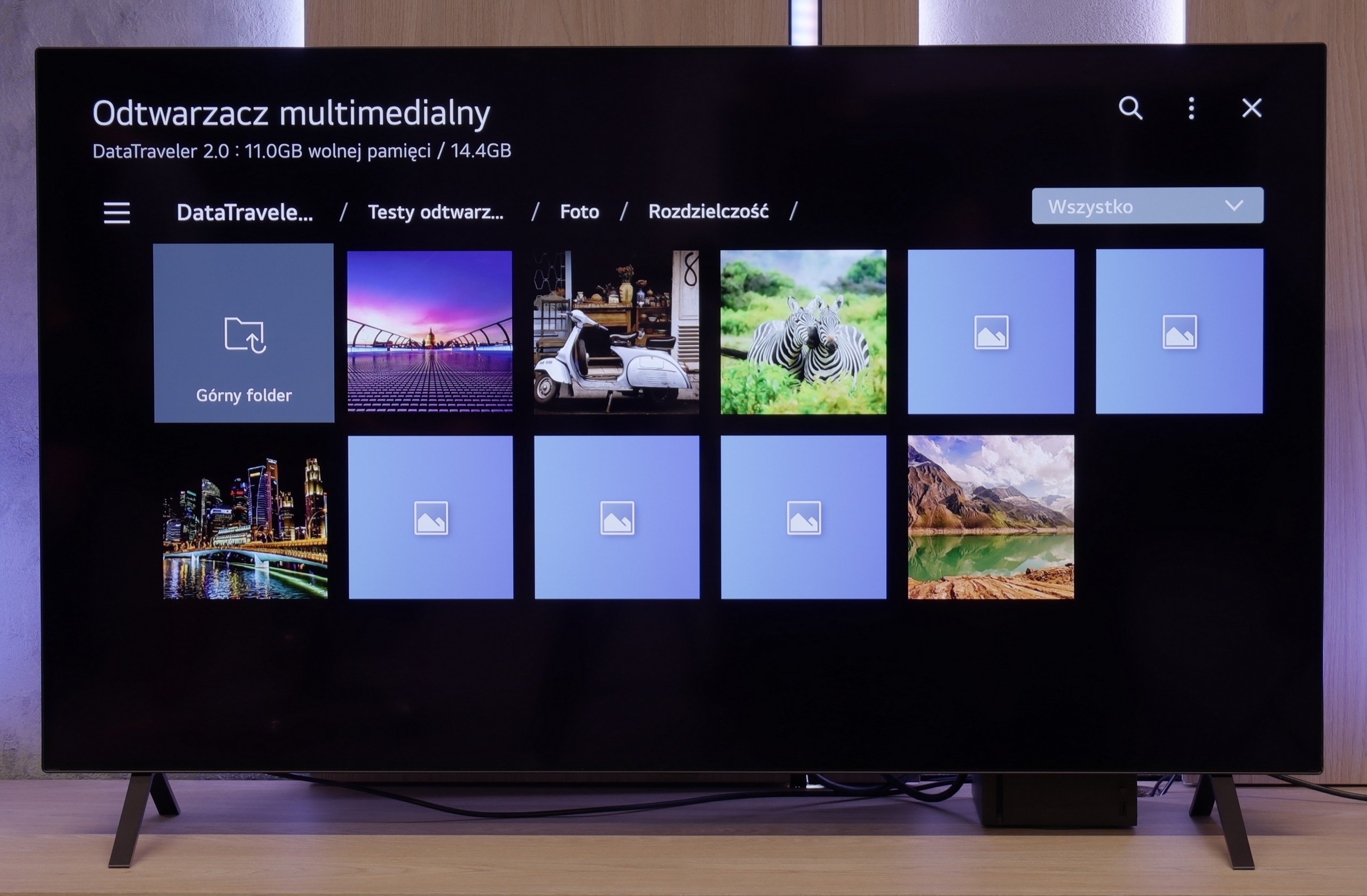The LG G4 is a top contender for the best television of 2024, offering an exceptional viewing experience. Combining OLED black with MLA technology, it delivers a dynamic and detailed image, making it ideal even for sunny rooms. The operating system, while not as open as some competitors, offers a lot of functionality, with the standout feature being the intuitive remote control with a cursor, ensuring ease of use. Out of the box, colour reproduction is solid, but after calibration, it reaches almost reference quality, providing a truly cinematic image. Post-production studios favour this brand for its deep calibration capabilities, including 3D LUT adjustment.
The TV does have some issues with tonal transitions, but these can be largely remedied by enabling the "Smooth Gradation" feature, improving the viewing experience. The motion smoother is highly advanced, catering to sports and dynamic content with adjustable fluidity. With HDMI 2.1 ports supporting full functionality, including low input lag, the TV is perfect for gamers. Overall, the LG G4 is a versatile and high-quality television, offering superb performance both day and night.

